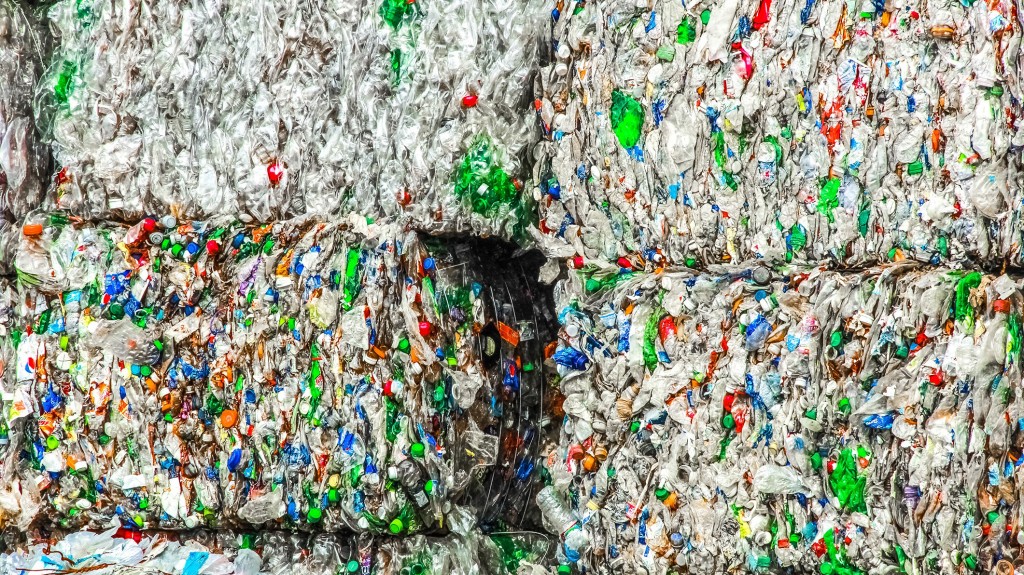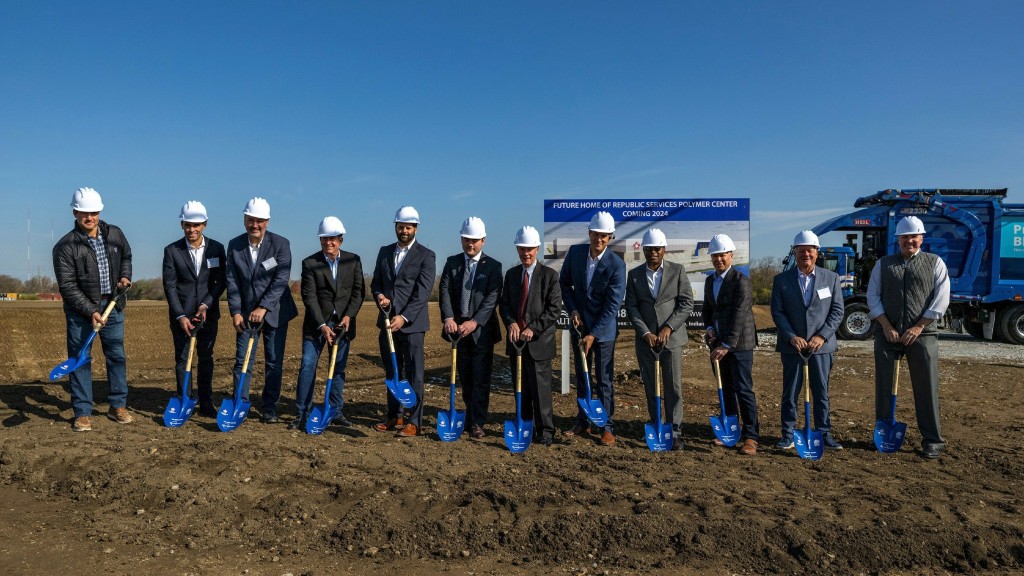Upcycling polymers with a blend of chemical and mechanical processes
The project was among a dozen Department of Energy-awarded grants totalling $27 million

A team of researchers at Case Western Reserve University is investigating ways to improve how common plastics are recycled, an effort supported by a $2.5 million grant within the U.S. Department of Energy's (DOE) recently announced "Plastics Innovation Challenge." The project was among a dozen DOE-awarded grants totalling $27 million.
A blend of chemical and mechanical processes
The team will work to develop and test a technique with help from government and industrial partners — one that blends a chemical method of plastic recycling with typically high-output but low-efficiency mechanical means to "upcycle" up to 80 percent of the plastic it takes in. Upcycling is reusing recycled material in meaningful ways, not just for items like trash bags, filler, or padding, as is often the case with recycled plastics.
If successful, the hybrid recycling project would dramatically improve on a historical recycling rate of below 10 percent industry-wide, said the project's lead researcher João Maia, a professor in Macromolecular science and engineering.
"So this would be a game-changer in the plastics industry and for the environment," Maia said. "Nothing comes close to plastic for its usefulness, its strength. It's basically impossible to replace plastics, so the world had to figure out a way to do better — and we decided to be the ones to do it."
Two innovations in one project
Most common plastics are recycled in two ways: using mechanical or chemical means to break down the material. This does not include thermoset plastics, the harder plastics which have generally been considered virtually impossible to recycle, although another Case Western Reserve team is having success in cracking that problem, too. For now, mechanical recycling — placing plastic waste into a machine, melting it into an extruder, adding a pigment and producing large volumes of lower-quality plastic — has limitations and few quality results: "Black trash bags — that's about the best you can do," Maia said.
Alternatively, plastics can be broken down chemically at high temperatures and high pressure and re-used for many things. "You can change the polymers to give you something you want, but the problem is that it is energy- and solvent-intensive, and you can't solve the problem at the societal scale of millions of tons per year that is required," Maia said.
For example, Maia said, a new polyolefin recycling plant is being built in Indiana for about $260 million, but will only recycle about 100,000 tons of plastic a year.
"That's a drop in the ocean and at incredible cost—too much for most small cities to do on their own," he said. "To be successful, plastic needs to be recycled on site, at large scale and at much lower cost."
Separating different polymers
The CWRU-led team plans to develop a hybrid model, taking the low-cost investment of mechanical recycling, but breaking down the plastics through a new lower-temperature, lower-pressure method. The team will also study how to separate various polymers in the melt state, so that each can then by upcycled by itself. One of the partners in this work, Braskem, was able to separate about 20 percent of the polystyrene from the plastic in trial runs.
"But they did that without optimizing the process," Maia said. "We believe we can do that even better and achieve 80%. That would really move things forward, and it could be scalable, so handled by individual communities with an investment of maybe only $3-4 million."


